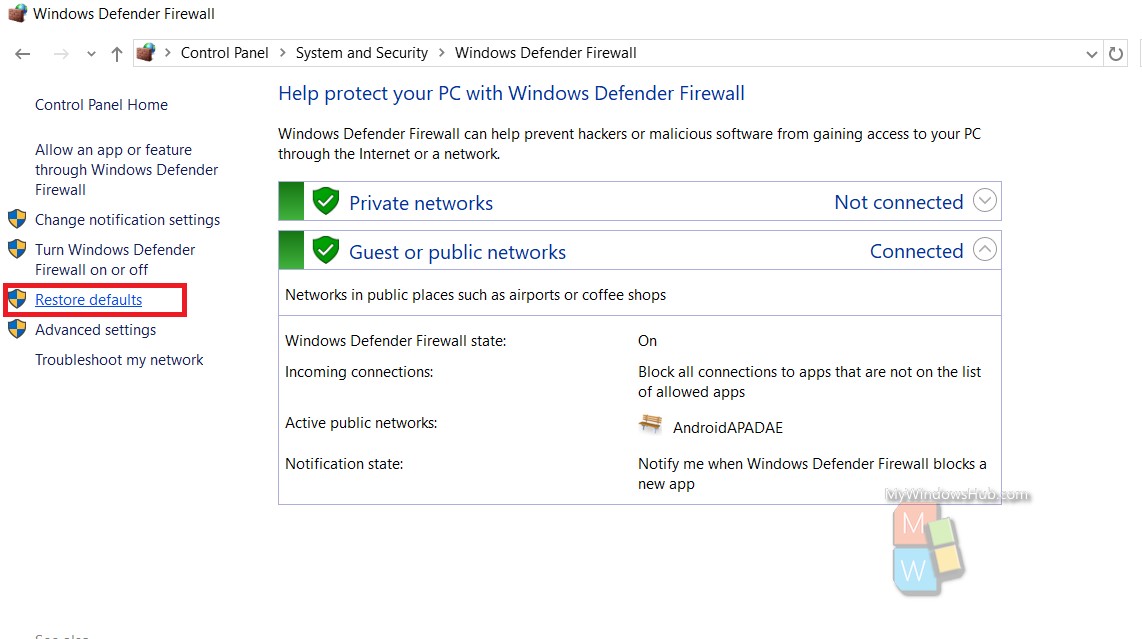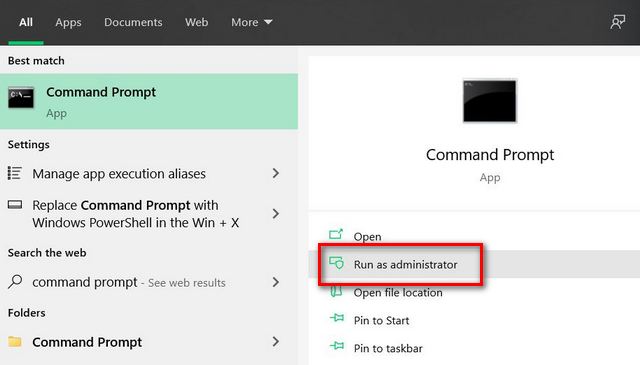

- #Windowmanager reset to default position how to
- #Windowmanager reset to default position code
- #Windowmanager reset to default position windows
In basic terms, this means it divides the screen into “tiles” then automatically places and resizes the windows to fill those tiles. With that caveat… AmethystĪmethyst is an “automatic tiling window manager”. I will say that the single best improvement Amethyst could make would be turning all the keyboard shortcuts into menu options and providing a visual guide to the layouts. This is very much not me so it might not feel like you either but read on and see. I need to google to get out of a tmux session. It took some time for me to understand it, and get productive with it, but now I think I have a good system that a mere mortal can use.īefore you tune-out you should know that I’m generally not a fan of UNIX-esque, keyboard-driven tools. If that sounds like some nerdy neckbeard Linux shit, you’re right. It was time for… a “tiling window manager”. The monitor was too big to full-screen apps most of the time, and it was tiresome to keep moving them around manually with Moom. There’s also Magnet and Rectangle which are very similar.Īll these window managers help you move, resize, and snap windows in position-but when I moved to a single 32” 4K monitor, I felt the need for something else. Moom was also great because you could drag a window to the edge of the window to dock it to that edge. Occasionally I’d need two windows side-by-side and I’d use Moom to shift one window to 2/3rds of the left screen, then I’d push the other window to the right third. With two or three smaller (non-4K) monitors, my default method of organising windows was to move them to a monitor and make them fill the screen. Last year I bought myself a 32” monitor to replace my previous multi-monitor setup. If you’re happy with a desktop that looks like this, then you probably won’t enjoy any of these suggestions

This function allows user patches to be applied to the source.This is how I use the Amethyst window manager on macOS. If the patches are ready to be merged with dwm source, there is special function called eapply_user that can be called during the emerge process. Gentoo has a specific way of patching dwm. (Put user customization tricks & tips here.)
#Windowmanager reset to default position code
* commands */ static const char * upvol = ,ĭwm is customized through editing its source code Alt+ Enter - Toggles Windows between stack and master.Alt+ J or Alt+ K - Move to another terminal.Alt/Meta+ Shift+ 0 - Hover mouse over window and press keys.Alt/Meta+ Shift+ 1-9 - Hover mouse over window and press keys.Those shortcuts are used by default in x11-wm/dwm. Then, while still holding down Alt, click again on the window tag to move the window to. To move a window to another window tag manually, hold down the Alt key and left click anywhere on the window. ~/.scripts/xsetloop.sh & exec ck-launch-session dbus-launch -sh-syntax -exit-with-session dwm With a few lines of shell code, one can use this mechanism to send arbitrary text to the status bar (for example, the CPU temperature, the current track on the music player, number of unread emails, etc.)ĭmenu is a dynamic menu for X, originally designed for dwm. The present mechanism (as of dwm-6.0) for sending text to a status box in the window manager's bar is to use 'xsetroot', as illustrated by the default xsession mentioned above. The default xsession file provided by the Gentoo Ebuild ( /etc/X11/Sessions/dwm) provides for a default status box that displays system load and the date/time or whatever shell code the user has inside ~/.dwm/dwmrc. To use a new configuration after recompilation, if already within a dwm session, quit dwm ( Mod+ Shift+ Q) then reload it, to replace the currently executing binary in memory.
#Windowmanager reset to default position how to
Or consult the documentation of your editor of choice on how to change the syntax highlighting used for a file independent of its extension. Root # ln -s /etc/portage/savedconfig/x11-wm/dwm-6.0 /etc/portage/savedconfig/x11-wm/dwm-6.0.h

Alt+ Enter toggles windows between master and stack. Existing windows are pushed upon a stack to the right of the screen. A new terminal appears on the master window.

Launch a few terminals with Shift+ Alt+ Enter and dwm will tile the windows between the master and stack. All of the layouts can be applied dynamically, optimizing the environment for the application in use and the task performed. 7.5 Blank (grey) windows of Java applicationsĭwm is a dynamic window manager, as such it manages windows in tiled, monocle and floating layouts.6.2 Assigning applications to window tags.6.1.2 Put patches in an ebuild repository configured with Portage.6.1.1 Patches in /etc/portage/patches/category/application.3.2 Main dwm configuration file (dwm.h file).


 0 kommentar(er)
0 kommentar(er)
